Even if you’re a seasoned Asia travel pro, Vietnam can be a tough destination to swallow. While some travelers absolutely fall in love with the dragon-shaped coastal country, for others, traveling to Vietnam is, frankly, a huge pain in the ass.
Give yourself a better chance to love your trip to Vietnam by being prepared with these few essential things you need to know…
Vietnam is much bigger than it looks
Although it doesn’t necessarily look the part on a map, Vietnam is massive. And that size is compounded by the fact that it’s not always so easy to get around (more on that later).
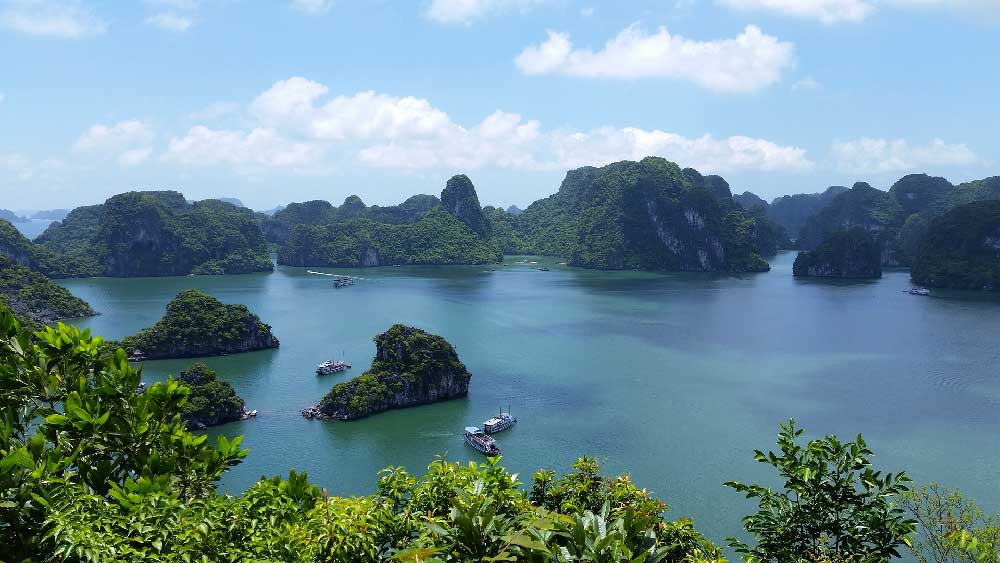
What results, however, is that Vietnam offers huge diversity. As you travel throughout the country you can expect everything from the picture-perfect karst landscapes of Halong Bay, preserved colonial & imperial cities like Hue & Hoi An, heavenly rice paddies like around Sapa, and white-sand beaches in places like Phu Quoc (even if they don’t hold a candle to the best beaches in Philippines).
Public transportation can be tough
If you’re used to traveling in more advanced countries like Germany or Japan, the weak transportation infrastructure in Vietnam might surprise you. While distances on a map as-the-crow-flies might look minuscule, scooting between them is another story all together.
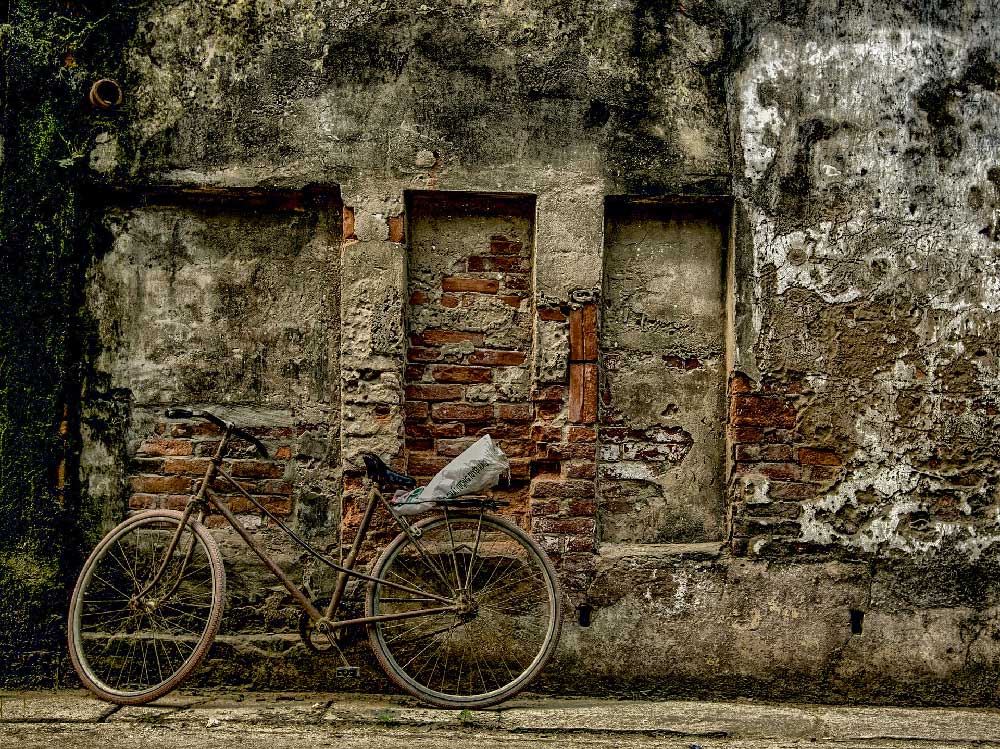
So many first-time travelers to Vietnam make the mistake of trying to fit in the entire country in one fell swoop on a time-crunch. It’s an absolutely recipe for disaster.
You can mitigate the pain of long bus rides one of two way: 1) flying; 2) slowing down. As an lover of overland travel (and with the questionable reliability of Vietnamese domestic airlines), option two is usually my go-to, which brings me to the next point…
Don’t plan too much
Now that you know that getting from point A to B in Vietnam isn’t as simple as hopping onto a bullet train, you’ll quickly figure out that this is country that needs to be savored rather than rushed.
There are a plenty of things to do in Vietnam, whichever part of the country you decide to settle on for your itinerary. If you’re crunched for time, focus on one particular region.
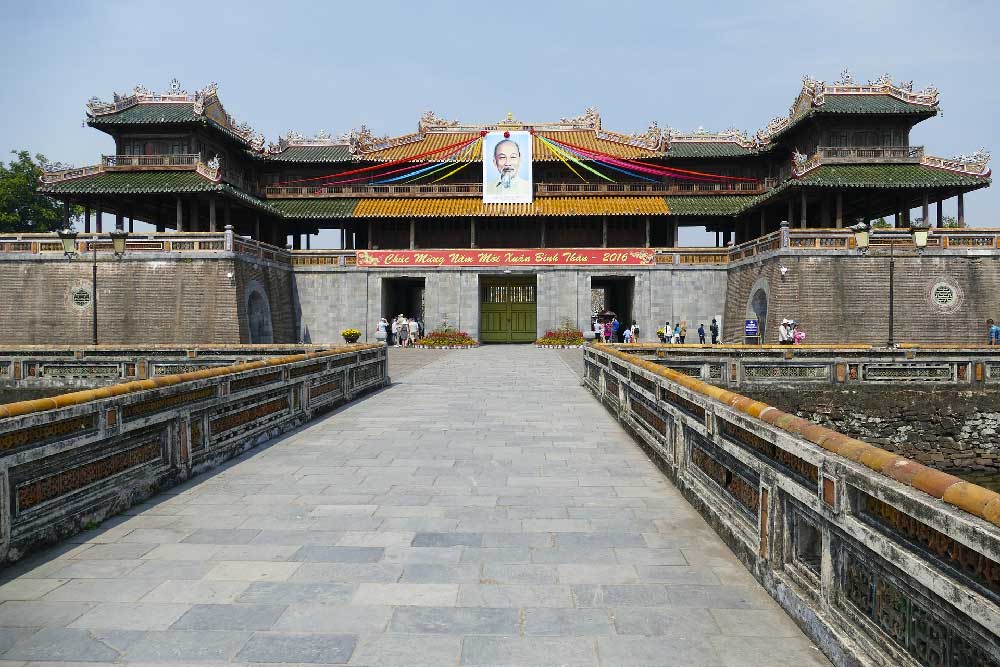
If you simply need to see it all at once, I’d recommend giving yourself at least three weeks, if not a month. That way you won’t be in a hurry and will have time to explore Vietnam’s most interesting cities, towns, and regions in a little more depth.
But in planning your itinerary, there’s one more BIG thing to take note of…
The weather in Vietnam is super unpredictable
Gotta love Southeast Asia! Just like the rest of the region, Vietnam isn’t know for having perfect blue skies all year round. In fact, some times of the year can be downright miserable.
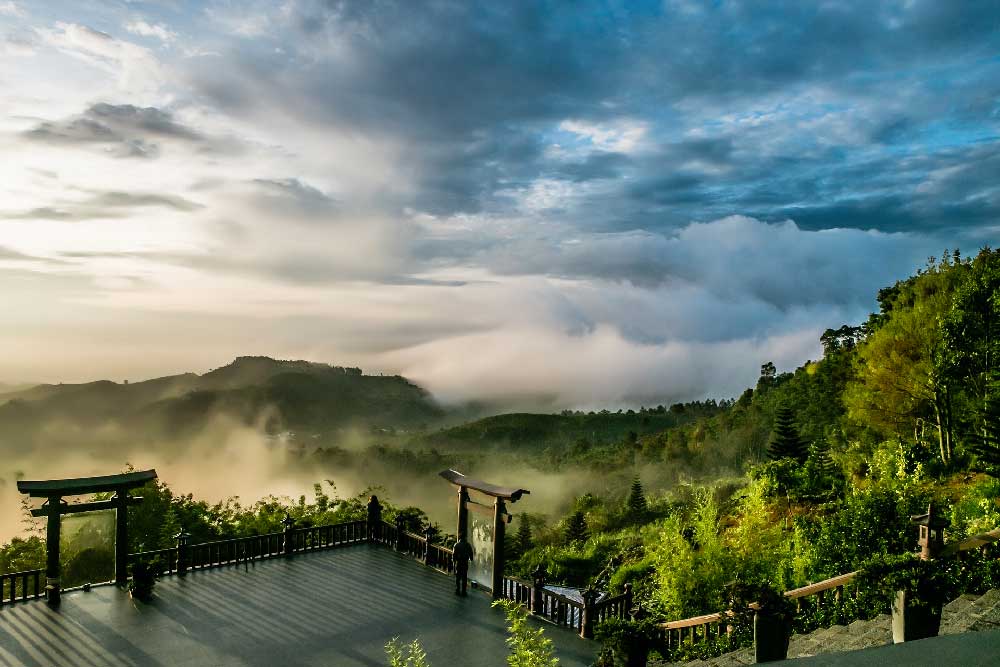
Unfortunately, there’s no single simple answer for when to visit Vietnam. As one part of the country is seeing its peak weather, another could be experiencing its worst! (This adds to the point that focusing on one region at a time in Vietnam is a great idea.)
Breaking up the country into three major climate areas, the best times to visit include:
- Northern Vietnam: April and May are among the best times to visit. These spring months fall outside the wet summer season and the cooler winter months. Fall is also a pleasant time to visit, particularly October and November, as the rainfall is lower. These months are generally, however, cooler than the spring.
- Central Vietnam: Destinations like Hoi An and Hue are at their best between February and April when the rainfall is at their lowest yet temperatures are pleasant. The summers can get unpleasantly hot, soaring as high as 100ºF regularly. Between September and January is best avoided. October and November are particularly wet and can open up part of the region to severe flooding.
- Southern Vietnam: Visit in the dry season between December and March for the best temperatures and least amount of rainfall. March to May is the hottest time of the year and can sees temperatures reaching above 100ºF. May to November is the wet season and can be fairly unpleasant for travelers who are unprepared.
Even in the best of times in Vietnam, make sure you prepare for a little (or a lot of) rain.
You’ll need a visa
Although I think it’s almost common knowledge by now, I need to point out that to visit Vietnam you’ll likely need to apply for a visa. This isn’t always straightforward as there’s a ton of misinformation out there regarding the process.
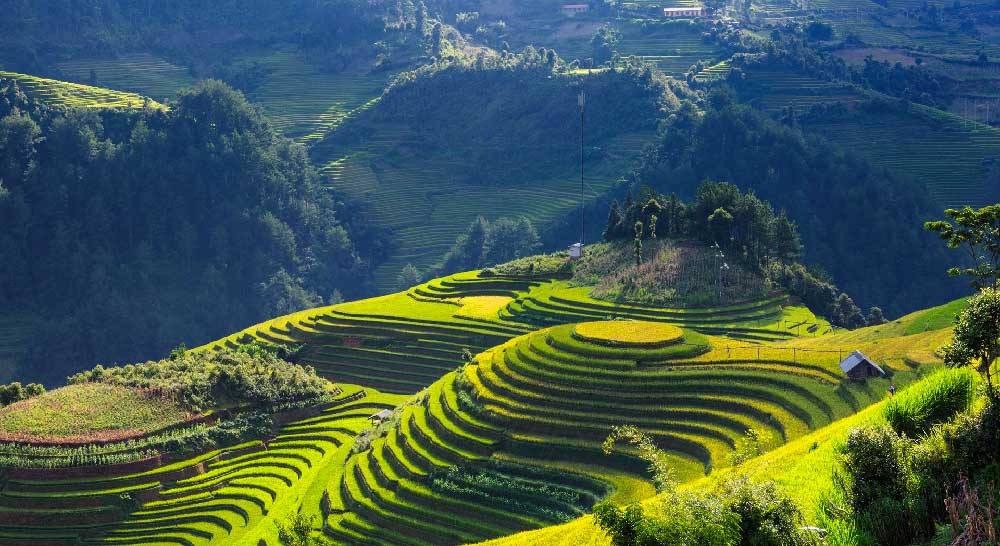
One thing you’ll want to avoid is thinking that it’s okay to get a visa on arrival. These are generally only for emergency purposes (despite how they are advertised by unscrupulous operators). Be sure to apply through your local Vietnamese embassy or, otherwise, through a trusted & reputable visa agency.
Be prepared for annoyances
So, here’s the not-so-fun part: traveling to Vietnam isn’t always rosy. Depending on your outlook, you might find this Southeast Asian country annoying at a molecular level.
Whereas trips elsewhere in Asia (hey, Japan, I’m lookin’ at you!) are often nearly hassle-free (save a language barrier), Vietnam is well-known for being, frankly, quite nightmarish for meek travelers.
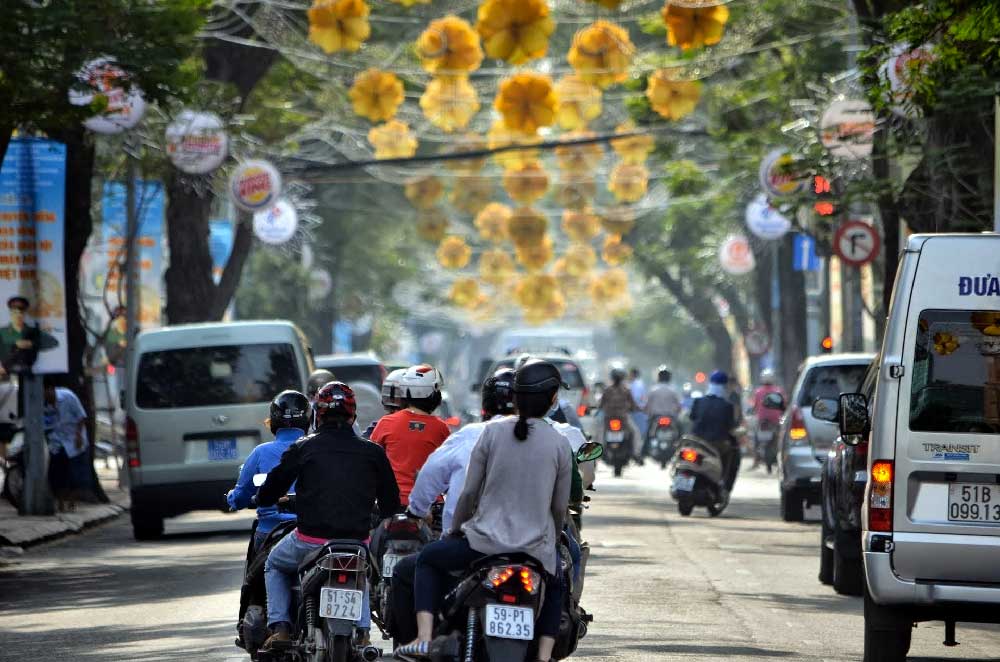
The fact is there’s a VERY good chance that you’ll get ripped off or taken advantage of in Vietnam. Sadly, it seems the norm for vendors in Vietnam to inflate prices for foreigners. Sometimes quite heavily.
Fortunately, most of the annoyances are just that. Vietnam is, overall, a safe country, if a little obnoxious for travelers at times. Getting away from the most touristy areas can really help as you’ll get to see locals in their element and experience the genuine nature of their hospitality.
